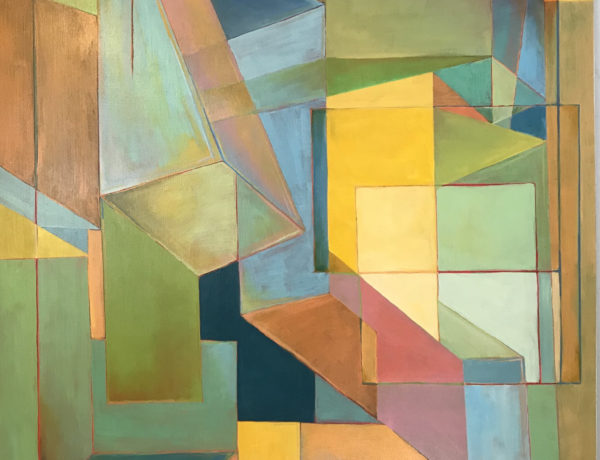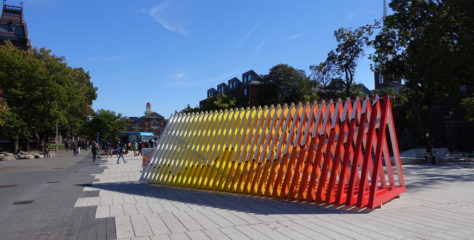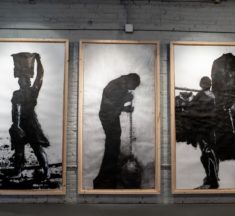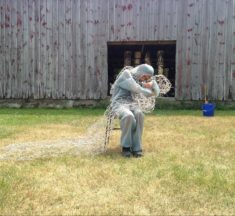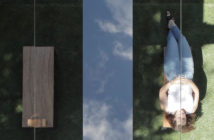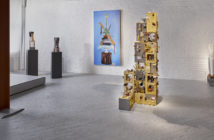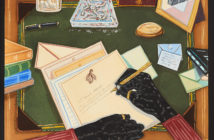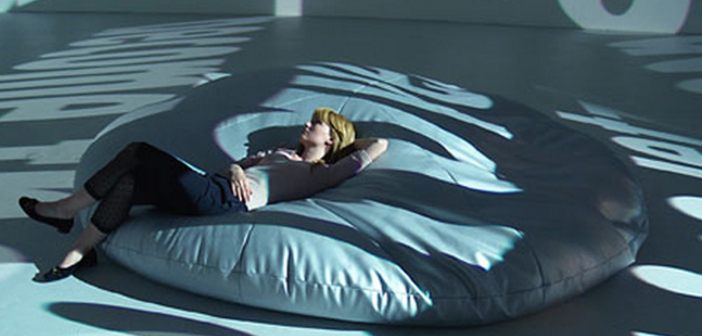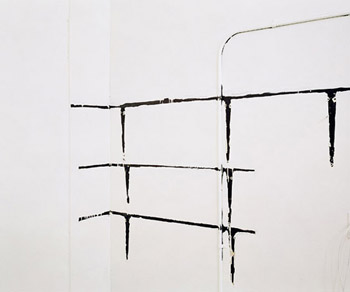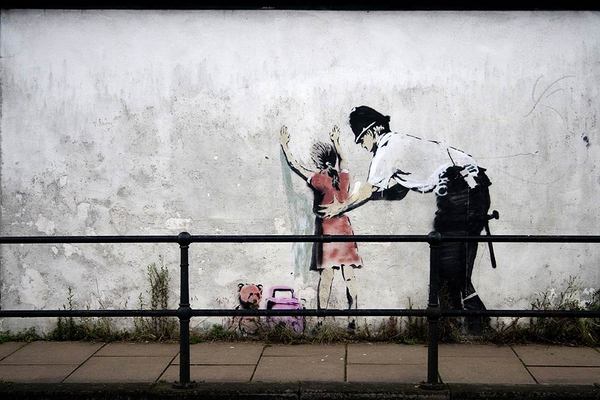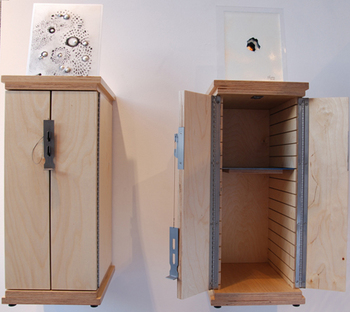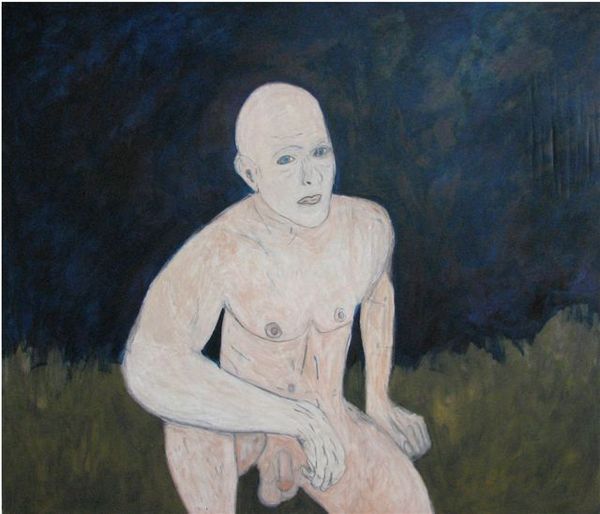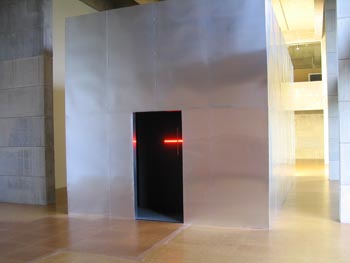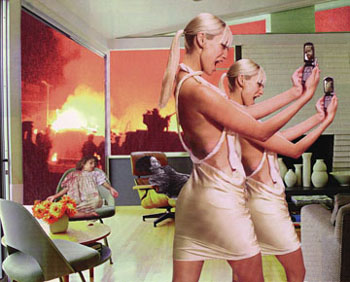Newest Features
The Buchel fiasco is past, and Building 5 at Mass MoCA has a new installation, PROJECTIONS, by Jenny Holzer. (you can view a webcam image of the installation at http://www.massmoca.org/projections.php). Holzer is reknown internationally for her text pieces which are more often now projected in outdoor settings and are monumentally critical of the status quo and politically charged. In the current installation, two huge xenon projectors are mounted at either end of the 300-foot space spilling out a scrolling text taken from the works of Polish poet Wislawa Szymborska . The language…
By SHANE LAVALETTE Mark Wyse is a photographer based out of Los Angeles, CA and teaches at UCLA. His book, 18 Landscapes, published by Nazraeli Press in 2005, focuses on the complexity of cultural perception and interaction and in an environment. He is represented by Wallspace in New York. He spoke with photographer Shane Lavalette in October, 2007. —- Shane Lavalette: Your project Marks of Indifference shares the same title as Jeff Wall’s contribution to the catalog for Reconsidering the Object of Art: 1965-1975 at the Museum of Contemporary Art, Los Angeles…
By MARISSA MOLINARO On November 2, 2007, TIME Magazine published an article about British graffiti artist Banksy titled Banksy Unmasked? A Graffiti Mystery, by Alex Altman. The article displays and discusses a pixilated camera-phone image of a man crouched down with a paint brush in front of Banksy’s latest piece, as confirmed by the artist’s spokesperson. What is still in question, however, is whether or not the man in the photo is in fact the artist whose identity has long been concealed. The tone of the article is written such that Banksy…
By BEN SLOAT One of the world’s most prominent commercial photographers, Albert Watson’s images run the gamut from fashion to editorial work and self produced photographic projects. On occasion of his new monograph (published by Phaidon Press), Watson sat down with Ben Sloat before his lecture with the Photographic Resource Center to discuss his background, process, and thoughts on the medium. Part One: (also available at YouTube) Part Two: (also available at YouTube) Photographic Resource Center Albert Watson spoke at the Photographic Resource Center on Thursday, November 1, 2007. His new monograph…
By MATTHEW NASH Boston Sculptors Gallery is the kind of art venue that arises out of need, out of a desire for community, and out of shared creative interests. Prior to their current luxurious space on Harrison Ave, BSG was housed in a church, and before that existed only as a loose group of artists meeting in living rooms. Rather than operating as a commercial gallery, BSG is a collective of artists who contribute time, energy and resources in exchange for community, critique and, of course, exhibitions. Murray Dewart, one of BSG’s…
By JON PETRO When is making art – painting in this case – a valid function of expression that acts as anti-art or anti-painting? This question, aside from being an entry-level reflection of 20th century French existentialism, also pertains to Don Hartmann’s current exhibition, “Heads & Tales,” at MPG Contemporary. An answer can be formulated from several different points of view; I’ll answer it pragmatically. Anti-painting will always exist as long as there is painting to rebel against. In fact, you can view anti-painting, in contemporary terms, as a style. There is…
By STEPHEN V. KOBASA A festering of unnatural light around the corner from the exhibition entrance, the fluorescent wall is not glorious, but painful. There is no slant to the truth being told here; no “explanation kind,” as Emily Dickinson would have had it. The other end of the metal-panelled cube is interrupted by a cut out of a portal with a thin line of red incandescence just inside. Unknowingly disobedient, entering, I slammed my knee against a bench hidden in the dark. The video was just coming to an end and…
By MARTINA TANGA As your eye moves across the images, a tune is formulated in your head. As it hovers over comfortable household furniture and interiors, you can hear a pleasant melody. Then your eye sees something unexpected, out of place and terribly horrific: a war victim or a bomb explosion. Now you can hear shocking screams – a Hitchcock nightmare. The jarring juxtaposition of the norm and the abnormal, the everyday, for us westerners, and the war – not the quotidian – is what makes these images so powerful. Martha Rosler…

